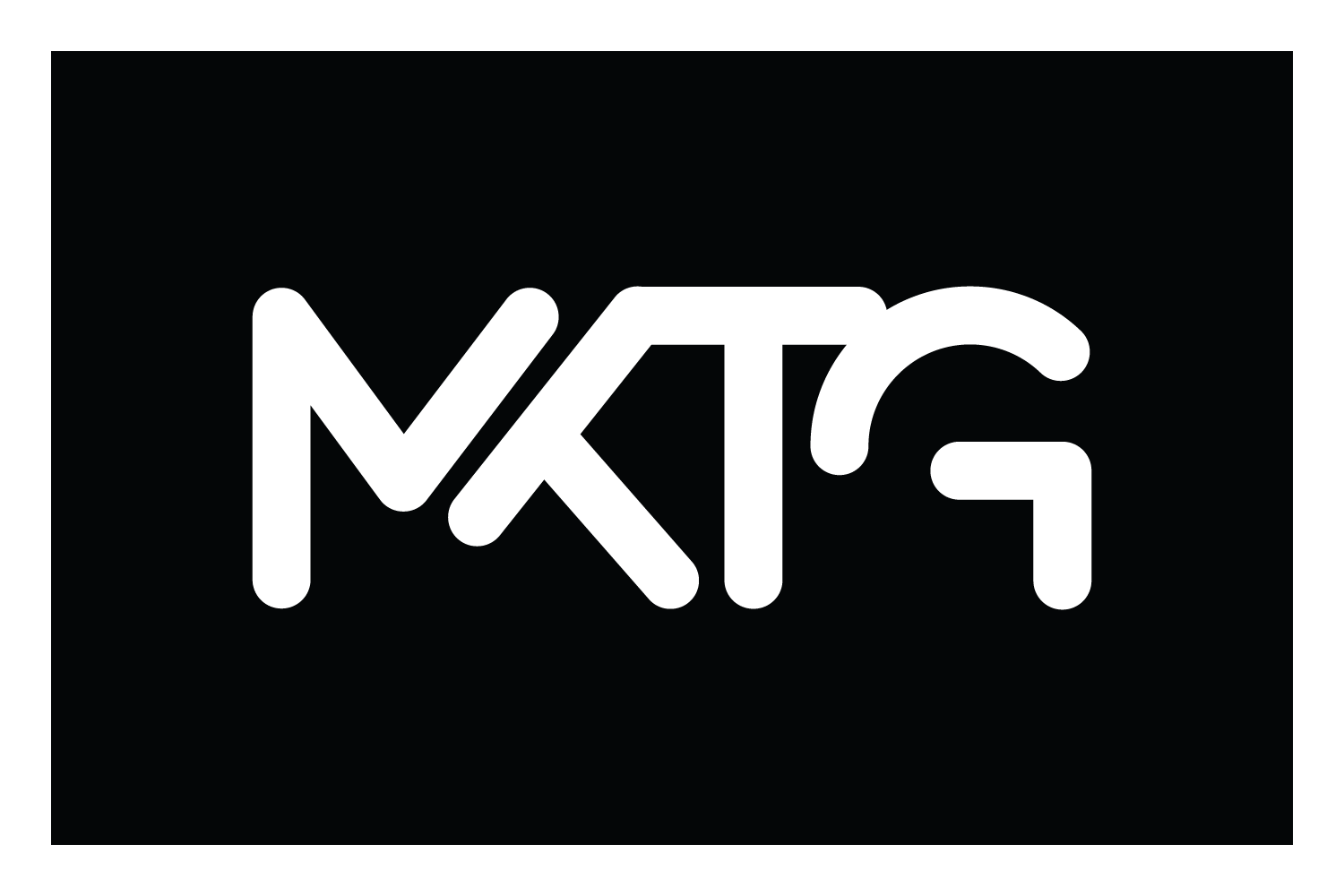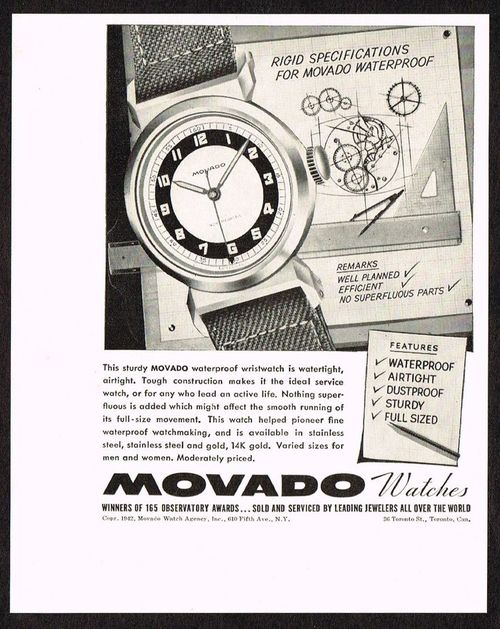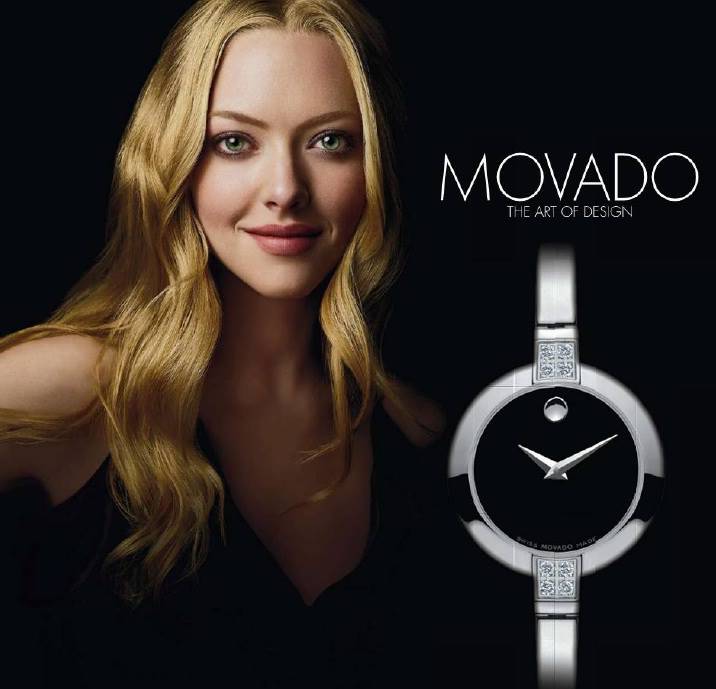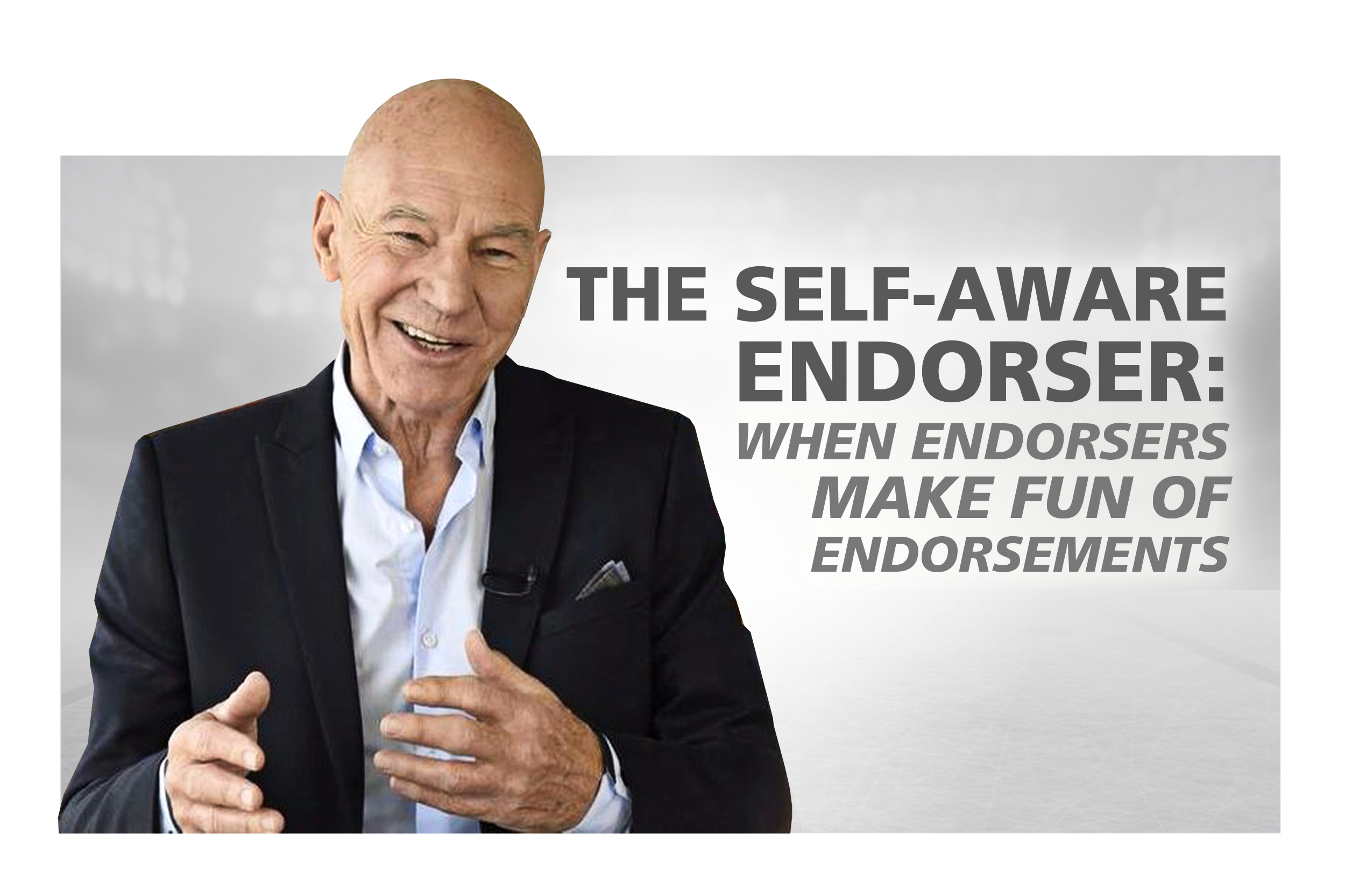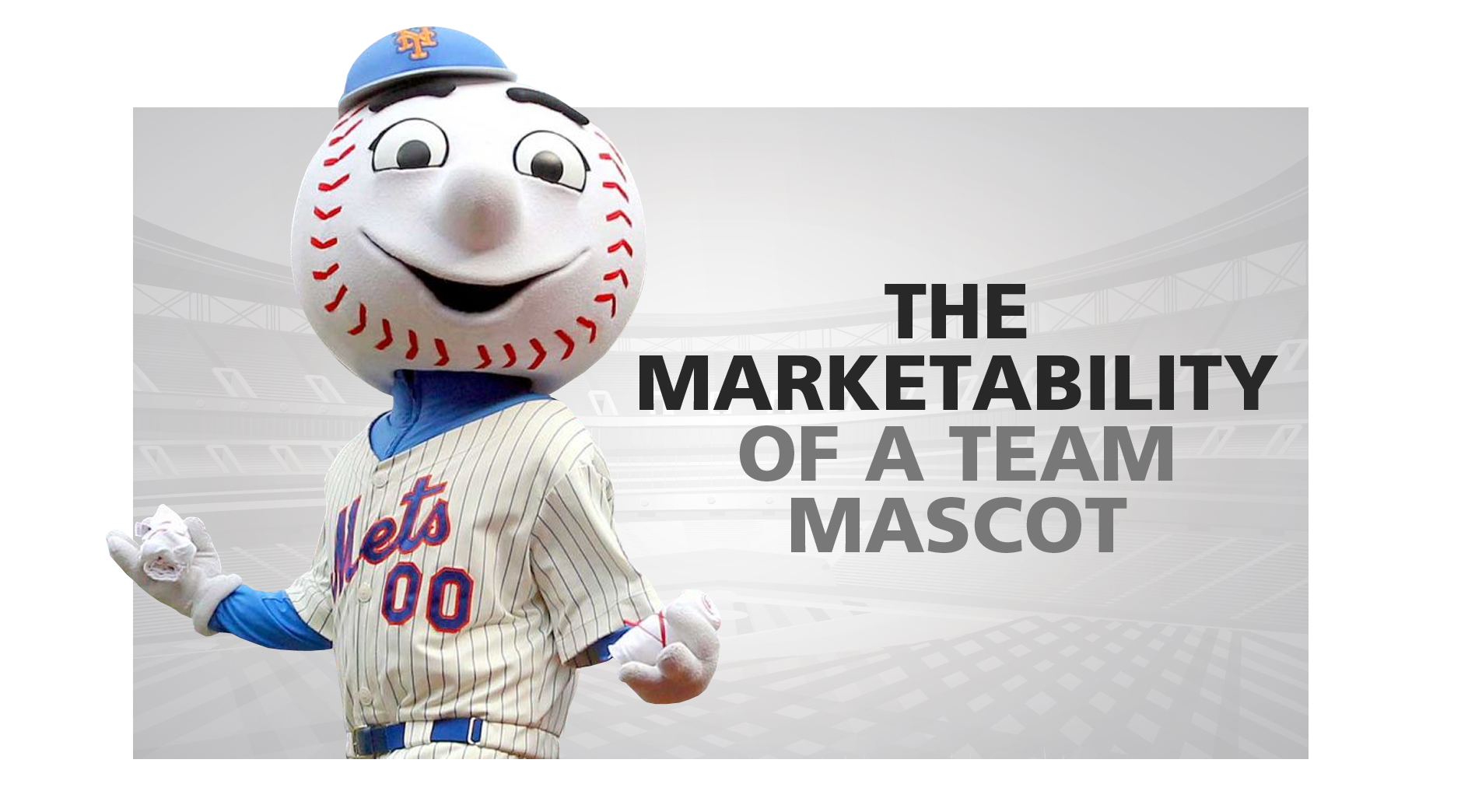Sponsorship Category Insights: Wristwatches
5 minute read
- The wristwatch industry has long used sponsorship as a means to differentiate and project a certain brand image
- With a decline in watch sales, there has been an increased the pressure for brands to leverage their sponsorships to communicate the image a watch can provide
- The wristwatch industry continues to face threats with the advent of the smart watch which could force watch and tech brands to revaluate how sponsorships are secured
Historically, watch brands have longed used sponsorship as a way to project a certain image and differentiate from their competitors (partnerships such as Tissot and the Davis Cup date back to 1957). Due to the premium price of many watches, sponsorships have been seen as a way to project the prestige associated with a watch brand. More recently, global watch sales have declined thanks in part to technology such as the smartphone which has made the function of the watch less relevant. In 1991, it was estimated that 750 million watches were sold worldwide. However, in 2014 that number fell to 440 million, a drop of 41%. According to YouGov, 68.8% of 16-34 years olds own a watch compared to 89.5% of people aged 55+. As the watch industry faces strong external threats, a greater emphasis has been placed on leveraging sponsorships to promote the brand image.
The Evolution of Watch Marketing
Below (left) is a watch print ad from Movado released in 1942; the ad focuses heavily on the craftsmanship of the watch. Below (right) is an ad from Movado today. The modern Movado ad shows the watch alongside actress Amanda Seyfried. The ad does not promote the functionality of the watch. Instead, it implicitly communicates the style of the watch and the image of their target consumer by leveraging a Hollywood actress. The result is there is less emphasis on product attributes, and more on the brand experience.
Today’s ad from Movado is indicative of how the watch category aims to position their brand. Today, watch marketing communicates the luxury aspect of a watch and the lifestyle a watch can project, versus the product quality or function.
It is a reality reflected in an often-parodied TAG Heuer ad wherein Leo DiCaprio is wearing a watch incorrectly, demonstrating the emphasis that was put on the style and less on the function. This shift in messaging has been successful and allowed the watch industry to remain relevant. Despite the watch industry facing a decline from 1991, the watch industry has experienced growth since 2009 demonstrating their ability to rebound after effectively repositioning their product.
How Watch Brands Activate
With new challenges facing the watch industry, brands have turned to sponsorship as a key strategy in shifting away from the function of the watch to creating a story and becoming a lifestyle brand. MKTG highlights, three common ways watch brands activate sponsorships:
Leverage an Endorser to Position the Brand as Aspirational- It has become common for watch brands to leverage an endorser as it is an effective way to communicate the style of the watch. Watch brand Tag Heuer has used actor Leonardo DiCaprio and athletes Tom Brady and Cristiano Ronaldo in their advertising, all of whom are noted for their fashion. In addition to leveraging an endorser in their marketing, some watch brands have taken the partnership a step further and created a signature watch with the ambassador. Movado created a special edition watch with former baseball player Derek Jeter to celebrate his final season. Also, Hublot leverages multiple endorsers and has created signature watches with Usain Bolt, Pele, and Kobe Bryant. A watch brand can position their brand as aspirational by leveraging a celebrity endorser. In addition to bringing an aspirational quality to the brand, a celebrity can also provide a key differentiator amongst competition. With all watches providing the same benefit of telling time, a celebrity can help set one brand apart from the others.
Hublot`s countdown clock for the 2018 FIFA World Cup
Countdown Clocks to Build Anticipation- In anticipation for large events such as the World Cup and Olympic Games, host cities have created public countdown clocks ahead of the event. Hublot is a current sponsor of the World Cup clock and Omega is a sponsor of the Olympic clock. Countdown clocks have become prominent landmarks in the lead up to major games and they are generally placed in high traffic areas. They are also unveiled long before the games take place; the countdown clock for the Russian World Cup was unveiled 1000 days before the event. This can give the watch brand significant presence for a prolonged period of time in the lead up to the event, extending their engagement window with the event.
Project Exclusivity by Hosting Private Events- In order to demonstrate an image of aspiration and luxury, watch brands have also hosted extravagant parties and events leveraging a key endorser or property. As sponsor of multiple Formula 1 teams, TAG Heuer has hosted private events ahead of races in locations such as Melbourne and Monaco. The events are attended by brand ambassadors such as actress Cara Delevingne and F1 driver Fernando Alonso. Hublot hosted a party for recently retired NBA player Kobe Bryant at a new Los Angeles store. This was also attended by celebrities and other athletes. These events can draw press coverage and give the watch brand the image of both luxury and exclusivity.
What to Watch for: Smartwatches
Tech brands such as Apple, Samsung, and LG have all released smart watches that pair with their mobile devices which offer a variety of features. Smart watches have not yet reached a mass market and currently appeal to early adopters, only 9.5% of internet users own a smartwatch and 24% of owners fall between the ages of 16-34. To help broaden their appeal, tech companies have leveraged ambassadors such as Canadian golfer Brooke Henderson (who currently wears Samsung’s smartwatch while she plays) and Nick Jonas (who appears in a spot for the Apple Watch). Additionally, with major tech brands venturing into the watch industry, this could change the way a tech brand looks to secure category rights with a property. Tech brands may look to expand exclusivity in the watch category and block out traditional watch brands. Conversely, this could also affect how a watch brand secures sponsorship. They may look to ensure that if a tech brand is also a sponsor, they are not allowed to promote their smartwatch
Brooke Henderson wearing a Samsung Smartwatch
The watch industry provides an example of how a product has had to adapt to a changing marketplace and evolve their marketing to remain relevant. By associating with different properties and endorsers, watch brands have leveraged sponsorship to help reposition in the face of competitive threats.


